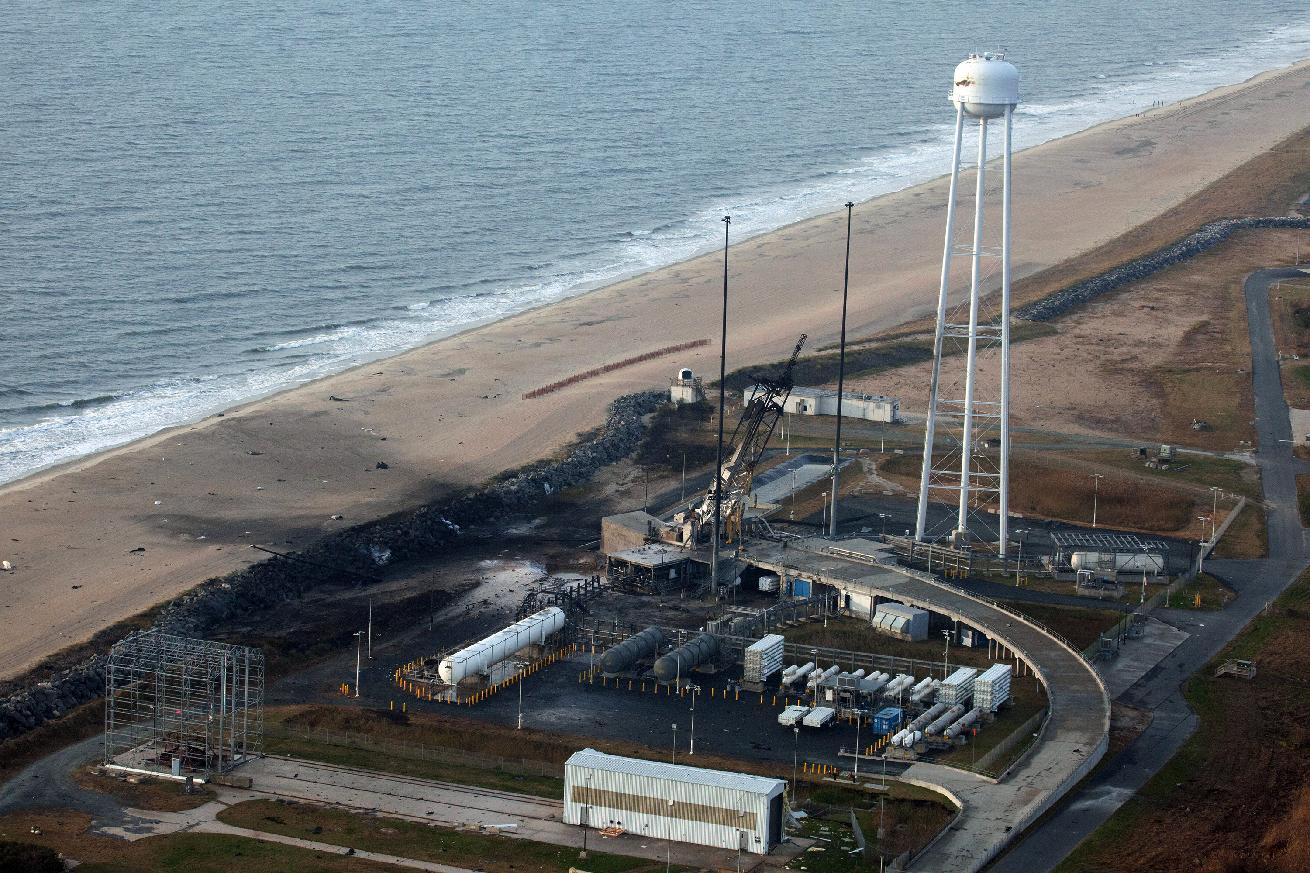Winston
Lorenzo von Matterhorn
- Joined
- Jan 31, 2009
- Messages
- 9,560
- Reaction score
- 1,748
I think they may be over-cooked... and probably hard to find:Has anyone heard whether the explosion resulted in the loss of Reid Wiseman's crab cakes?
Tasty! Astronaut's Favorite Crab Cakes Headed for Space (Video)
https://www.space.com/27571-astronaut-crab-cakes-space-delivery.html




